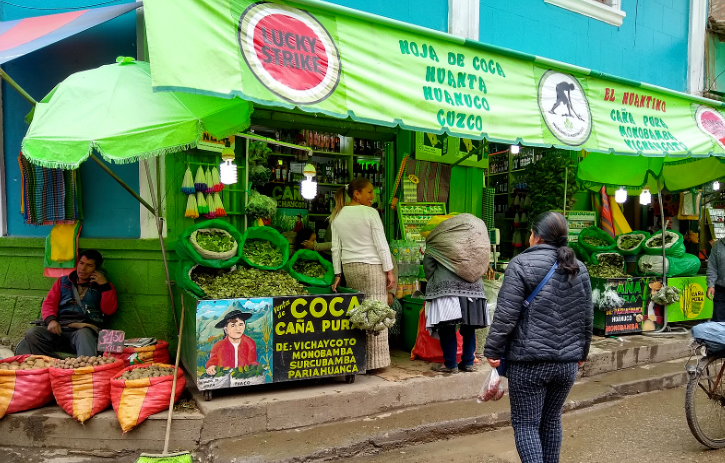Peru's Coca Leaf Cultivation Reaches Record High
On Monday, Peruvian anti-drug authorities said that land devoted to the cultivation of coca leaves in the country jumped by 18% to record highs in 2022, covering 95K hectares (367 square miles) and producing about 870 tonnes of cocaine.

Facts
- On Monday, Peruvian anti-drug authorities said that land devoted to the cultivation of coca leaves in the country jumped by 18% to record highs in 2022, covering 95K hectares (367 square miles) and producing about 870 tonnes of cocaine.1
- The valley of Apurímac, Ene, and Mantaro River (VRAEM) remains Peru's largest coca farming area, reportedly accounting for nearly 35.7K hectares. However, cultivation has notably increased on protected and indigenous lands along the Amazon borders with Brazil and Colombia, where international drug traffickers allegedly operate.1
- While coca leaves are traditionally and legally chewed for energy and altitude sickness in Peru, officials estimate that 90% of the country's crops are used in the illicit drug trade.2
- According to the UN Office on Drugs and Crime, Peruvian cocaine is mainly transported to Bolivia and Brazil via air routes before being shipped mostly to Europe and Oceania.2
- The Peruvian National Police's anti-drug squad reportedly seized 42 tonnes of drugs in the first half of 2023 — including 24 tonnes of cocaine and one tonne of chemical supplies — and destroyed 404 clandestine laboratories used to produce drugs.3
- The seizure of a Belgium-bound shipment of 58 kg of cocaine in northern Peru's port of Paita caught international attention last month, as the packages' wrapping bore a Nazi flag and the name Hitler printed in low relief.4
Sources: 1Al Jazeera, 2Reuters, 3ANDINA, and 4Associated Press.
Narratives
- Pro-establishment narrative, as provided by InSight Crime. Aside from promoting deforestation, the expansion of coca crops in Peru is fueling the global supply of cocaine as criminal organizations successfully expand their consumer base both in traditional and new markets. The pandemic has disrupted efforts to remove coca plants, but Peru would have achieved better results had the previous Pedro Castillo government not renounced its harsh policies on drug trafficking.
- Establishment-critical narrative, as provided by Vice. Most Peruvian coca growers are vulnerable small to medium-scale indigenous farmers trying to make a living for their families by producing the Andean traditional and sacred leaf to meet persistent demand in the black market. Given that there is no feasible financial alternative to coca crops, legalizing coca fields and stimulating demand in the legal market is the most sensible way to address this persistent issue.






